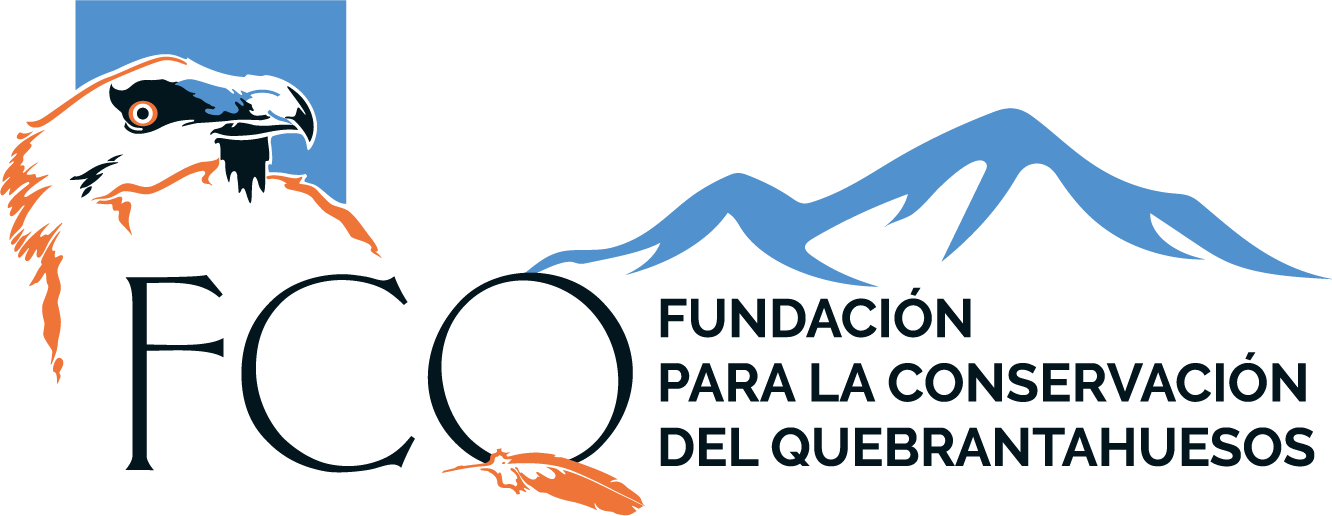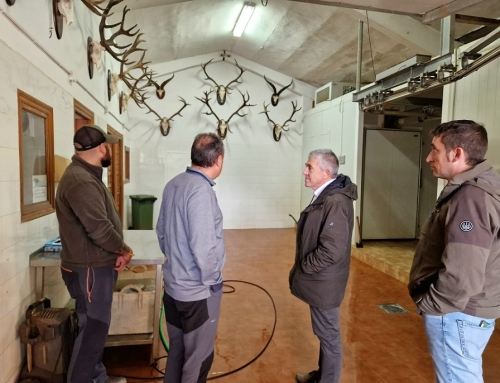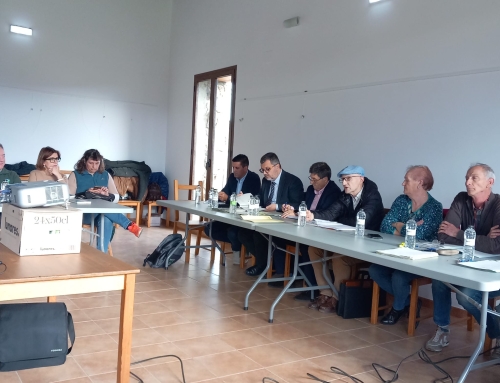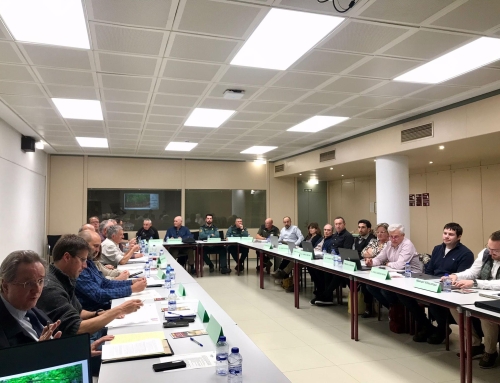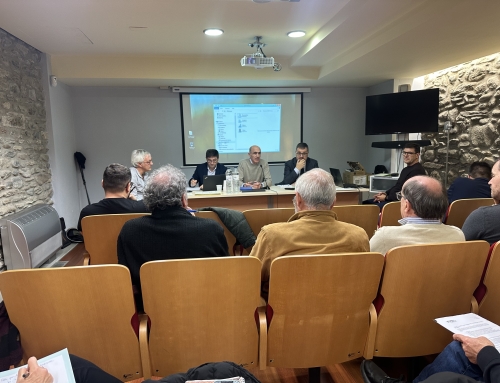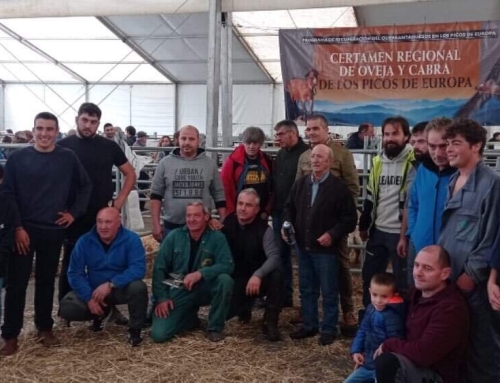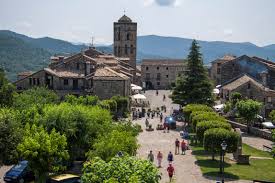
UN Tourism announces the “Best Tourism Villages 2024”: 55 rural communities forge the future of sustainable travel, one of them Ainsa.
From Caviahue-Copahue in Argentina to Tra Que Vegetable Village in Vietnam, discover the 55 new “Best Tourism Villages by UN Tourism”.
With the announcement of the “Best Tourism Villages 2024” by UN Tourism, rural destinations consolidate their position as key players in sustainable tourism and community development. In this fourth edition, 55 villages from all regions have been recognized, having been chosen from more than 260 nominations from over 60 UN Tourism Member States. Another 20 villages have been chosen to join the “Upgrade Programme”.
The “Best Tourism Villages” initiative not only recognizes the remarkable achievements of these villages, but also highlights the transformative power of tourism.
UN Tourism Secretary-General Zurab Pololikashvili said: “Tourism is an essential tool for inclusion, empowering rural communities to protect and value their rich cultural heritage while driving sustainable development. The Best Tourism Villages initiative not only recognizes the remarkable achievements of these villages, but also highlights the transformative power of tourism. By enhancing their unique assets, these communities can foster economic growth, promote local traditions and improve the quality of life for their residents. We celebrate the villages that have embraced tourism as a path to community empowerment and well-being, demonstrating that sustainable practices can lead to a brighter future for all.” UN Tourism’s “Best Tourism Villages” initiative was created in 2021 in order to promote the role of tourism in rural areas while preserving landscapes, cultural diversity, local values and culinary traditions. The Best Tourism Villages (BTV) network is growing every year, and with the announcement of its 75 new members, 254 villages are now part of the world’s largest community of rural destinations.
Uniting rural destinations for sustainable development
The “Best Tourism Villages” initiative is part of UN Tourism’s Rural Development Program. The Program strives to enhance development and inclusion in rural areas, combat depopulation, foster innovation and value chain integration through tourism, and promote sustainable practices. As in previous editions, villages were assessed in nine main areas:
- Cultural and natural resources
- Promotion and conservation of cultural resources
- Economic sustainability
- Social sustainability
- Environmental sustainability
- Tourism development and value chain integration
- Tourism governance and prioritization
- Infrastructure and connectivity
- Health and safety
The initiative comprises three pillars:
- “Best Tourism Villages by UN Tourism”: Recognizes outstanding examples of rural tourism destinations with recognized cultural and natural assets, a commitment to the preservation of community values, and a clear commitment to innovation and sustainability in the economic, social and environmental dimensions.
- “Best Tourism Villages by UN Tourism Upgrade Programme”: Supports villages in their efforts to meet the recognition criteria, helping them to improve in areas identified as a weakness during the assessment.
- The “Best Tourism Villages” network: A space for exchanging experiences and best practices, lessons learned and opportunities among its members, which is open to contributions from experts and public and private sector partners who contribute to the promotion of tourism as a driver of rural development.
The 55 “Best Tourism Villages by UN Tourism 2024” are (in alphabetical order):
- Abo Noghta Castles & Historic Tabab (Saudi Arabia)
- Abu Ghosoun (Egypt)
- Aínsa (Spain)
- Amagi (Japan)
- Anogeia (Greece)
- Azheke (China)
- Bo Suak (Thailand)
- Capulálpam de Méndez (Mexico)
- Caviahue-Copahue (Argentina)
- Cuatro Ciénegas de Carranza (Mexico)
- El Tambo (Ecuador)
- El Valle de Antón (Panama)
- Esfahak (Islamic Republic of Iran)
- Gaiman (Argentina)
- Gharb Suhayl (Egypt)
- Grand Baie (Mauritius)
- Guanyang (China)
- Huancaya (Peru)
- Jardín (Colombia)
- Jatiluwih (Indonesia)
- Kalopanagiotis (Cyprus)
- Leymebamba (Peru)
- Mindo (Ecuador)
- Mura (Spain)
- Nishikawa (Japan)
- Óbidos (Portugal)
- Ormana (Türkiye)
- Palizada (Mexico)
- Pissouri (Cyprus)
- Portobelo (Panama)
- Town of Maras (Peru)
- Quinoa (Peru)
- Ralco (Chile)
- Roches Noires (Mauritius)
- Romoos (Switzerland)
- Ruboni (Uganda)
- San Casciano dei Bagni (Italy)
- San Juan del Obispo (Guatemala)
- San Rafael de la Laguna (Ecuador)
- Santa Cruz da Graciosa (Portugal)
- Shibadong (China)
- Sibayo (Peru)
- Splügen (Switzerland)
- St. Johann in Tirol (Austria)
- Taoping (China)
- Tra Que Vegetable Village (Viet Nam)
- Trevelin (Argentina)
- Uaxactún (Guatemala)
- Urych (Ukraine)
- Villa Tulumba (Argentina)
- Vorokhta (Ukraine)
- Wukirsari (Indonesia)
- Xiaogang (China)
- Xitou (China)
- Yandunjiao (China)
From fast track to recognition
This year, seven villages in the “Best Tourism Villages Upgrade Programme” have been recognized as “Best Tourism Villages”. Through the Upgrade Programme, the villages received guidance to improve their areas of assessment where they scored the lowest, and were able to submit their applications through a fast-track process and qualify for recognition as Best Tourism Villages. These outstanding villages are Capulálpam de Méndez (Mexico), Grand Baie (Mauritius), Kalopanagiotis (Cyprus), Pissouri (Cyprus), Ruboni (Uganda), Bo Suak (Thailand) and Trevelin (Argentina). The 20 villages selected to participate in this year’s Upgrade Programme are:
- Breb (Romania)
- Campo Ramón (Argentina)
- Cap Malheureux (Mauritius)
- Cascas (Peru)
- Choshuenco (Chile)
- Dhudmaras (India)
- Lens (Switzerland)
- Malalcahuello (Chile)
- Mexcaltitán de Uribe (Mexico)
- Mittelberg (Austria)
- Pals (Spain)
- Piedades Sur (Costa Rica)
- Polovragi (Romania)
- San Juan Bautista (Chile)
- Santa Catarina Palopó (Guatemala)
- Seonhakdong (Republic of Korea)
- Shirayama (Japan)
- Leonhard in Pitztal (Austria)
- Yamakoshi (Japan)
- Yörük (Türkiye)
The call for submissions for the fifth edition will take place in early 2025, providing a new opportunity for rural destinations to share their inspiring initiatives and gain global recognition as advocates for rural development.
Source:
